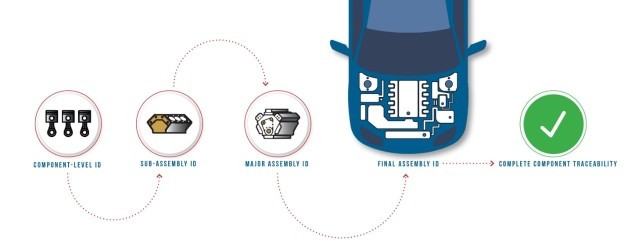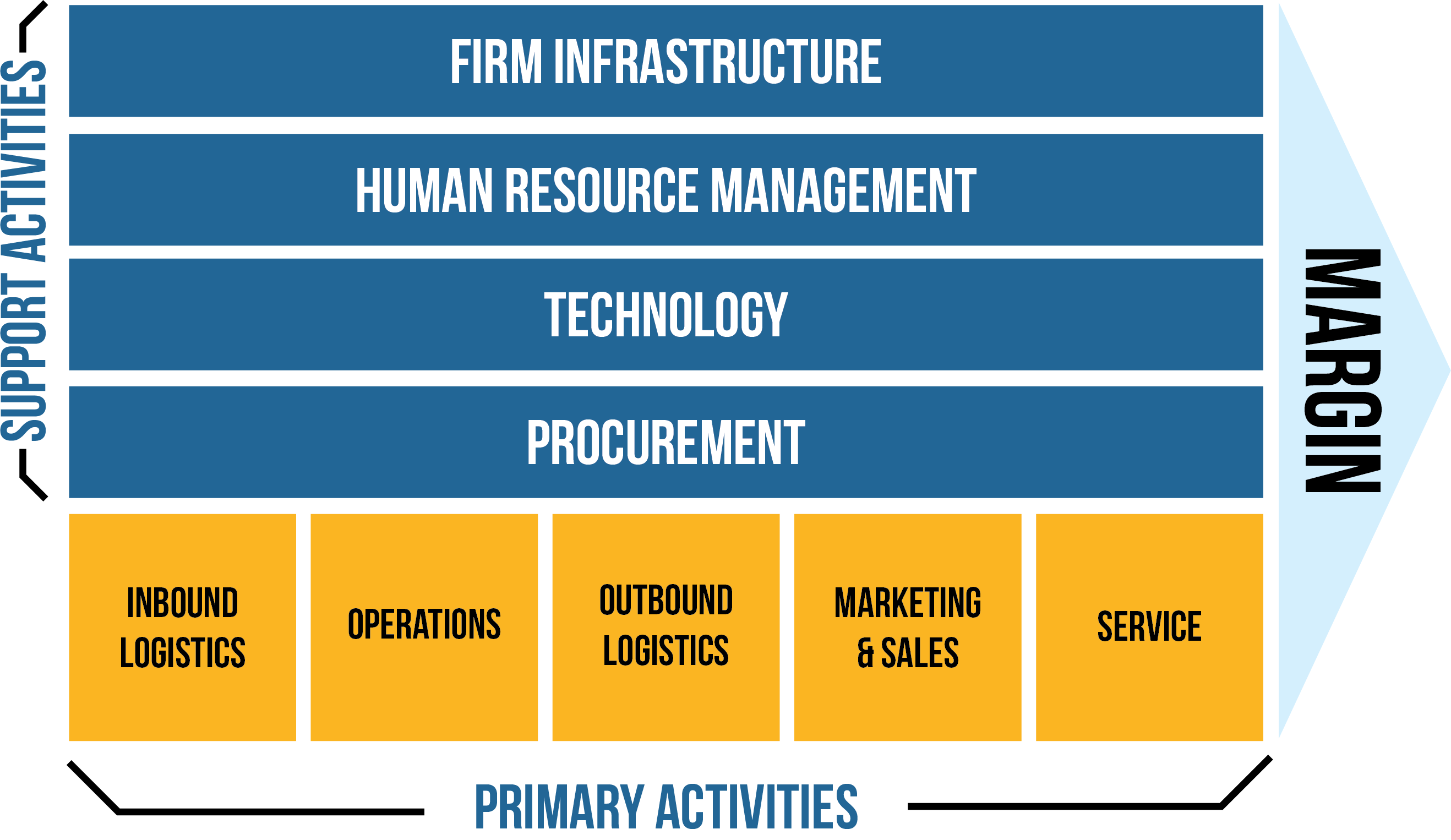Blog
In today's manufacturing landscape, understanding and optimizing the value chain is essential for manufacturers seeking to enhance efficiency and reduce costs. A value chain encapsulates the various activities and processes that contribute to the creation and delivery of products, from the initial sourcing of raw materials to the final distribution of finished goods.
By analyzing this web of operations, you can uncover opportunities for improvement and innovation. One key aspect of this analysis is traceability, which ensures that every component and process is meticulously tracked and documented. This not only supports quality control but also fosters transparency and accountability throughout the production lifecycle. In this article, we will explore the fundamentals of value chains, the significance of traceability, and practical steps to integrate these concepts into your operations for greater operational effectiveness and success.
Direct part marking plays a crucial role in the value chain by facilitating the tracking of individual items throughout their manufacturing journey. Each part is marked, assembled, and scanned at various stages before moving on to the next assembly station, where the process is repeated. This systematic approach is maintained throughout the entire assembly process, inventory management, and ultimately shipping to the end customer. By implementing serialization, scanning, and robust database systems, direct part marking significantly enhances traceability and provides valuable insights into the value chain.

What is a Value Chain?
According to the Institute for Manufacturing. University of Cambridge, a value chain is defined as “a system, made up of subsystems, each with inputs, transformation processes, and outputs. Inputs, transformation processes, and outputs involve the acquisition and consumption of resources - money, labour, materials, equipment, buildings, land, administration, and management.”

Keeping track of a company’s value chain helps manufacturers understand the costs of their production processes. Auditing one’s processes can be vital in identifying delays and unnecessary cost increases throughout a factory. Understanding these cumulative costs can help you make decisions to maximize value throughout each step of your company’s processes.
A value chain specifically pertains to the internal processes of a company and the way its operations function. It is essential to distinguish this concept from the idea of a supply chain. The supply chain encompasses the entire process of acquiring raw materials, components, and finished goods for the company or its customers. While supply chain analysis can be incorporated into a broader value chain analysis, the two remain distinct. Additionally, traceability plays a significant role in assessing these processes, but overall, supply chain analysis is a unique discipline separate from value chain analysis.
How Can I Build a Value Chain?
You can start building your value chain by conducting a value chain analysis. This process is where you evaluate every activity, process, and action your company conducts that could potentially add or subtract value from your bottom line. In an article from Harvard Business School, Tim Stobierski, breaks down this process into 3 steps: Identify Value Chain Activities, Determine Activities’ Values and Costs, and Identify Competitive Advantage opportunities.

Overall, this complex process shouldn’t be taken lightly. There are courses online you could follow as well as experts and consultants who could help you get a whole of your processes and understand how the ecosystem of your business works together. A traceability solution can help with the internal manufacturing processes and distribution costs of the parts, pieces, and products moving inside of your company, and being shipped out of it. Traceability is just one piece of the puzzle of tracking your value chain.
How Traceability Increases Value
The manufacturing process requires precise tracking of parts and comprehensive documentation of the entire production lifecycle. This entails collecting crucial data at each stage, starting with the sourcing of raw materials and continuing through to the delivery of the final part or product. Ensuring accurate records at every phase is essential for maintaining quality and efficiency in manufacturing.
When you implement robust and scalable traceability systems, you can ensure that every step is recorded and monitored, giving you a view of the entire production process. Accurate tracking and documentation provide visibility into the flow of materials and components, allowing you to schedule and allocate your plant’s resources effectively.
Ultimately traceability allows you to enhance operational efficiency and reduce the risk of errors or delays. The ability to follow a part through each machine on the production line is key to knowing what works and what doesn't. These factors all add up to your facility’s overall value chain of production.
How to Incorporate Traceability into my Operations
Incorporating traceability into your operations is no easy feat. You need to have a database of serial numbers and part numbers, marking devices, barcode readers, and a system to integrate all these components together into one informational ecosystem. This could be confusing and overwhelming, but our engineers at MECCO are experts in traceability and part marking.
We at MECCO created a roadmap to incorporate traceability into your manufacturing processes with four crucial steps.
- Determine what identifying information should be marked on the part.
- Select the best marking equipment for the product environment and part lifecycle.
- Integrate vision technology to verify accuracy and grade marks.
- Enable industrial data and analytics by integrating marking equipment with enterprise software.
If you want to learn more about planning to incorporate a scalable track-and-trace system into your processes, read more about it here.
Build the Links in the Value Chain with Traceability
Keeping track of your business expenses is difficult. Costs can be reflected in both the cost of raw materials, the price of labor, and the distribution of said product. Then there are the hidden costs of running a business that get added up into your budget, such as overhead, research and development, marketing and sales, etc. Creating a value chain is one tool that helps visualize your expenses overall and can help you get control of your spending.
Our part marking and traceability solutions are also tools that – when used as part of a system that integrates mark reading, verification, and data – can provide insight into the lifespan of a product. When scaled for your business and implemented, you can see where each marked item is used, how much product is wasted, and how long each item spends in its station inside of the factory. With this data you can adjust your internal and external processes to make sure your production and distribution are running as efficiently as possible.
MECCO is a leader in laser and pin marking solutions for many industries. We offer the widest range of laser marking solutions, including both "out-of-the-box" standard equipment and custom solutions configured to your exact specifications. Contact us to learn how our laser marking systems can help you ensure manufacturing traceability throughout your production cycle.